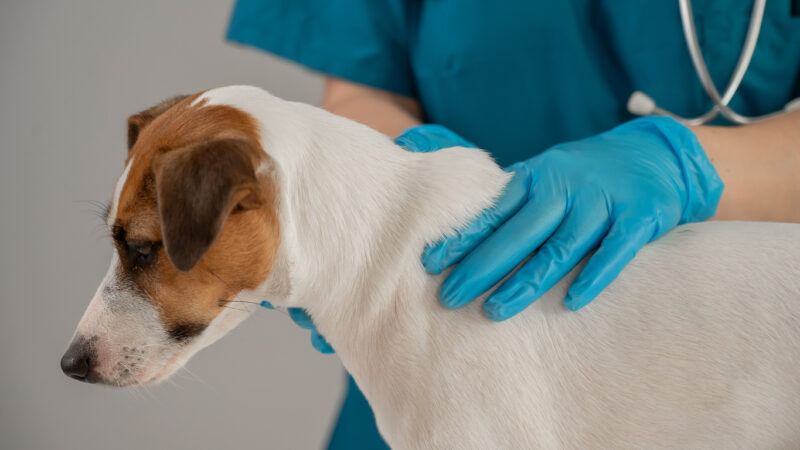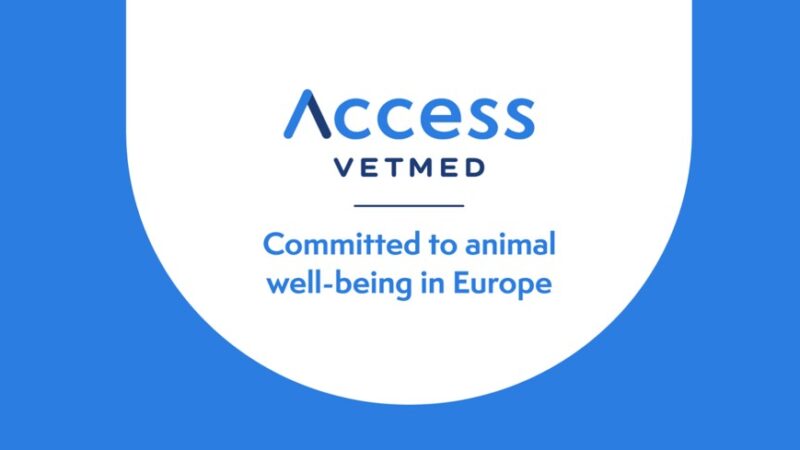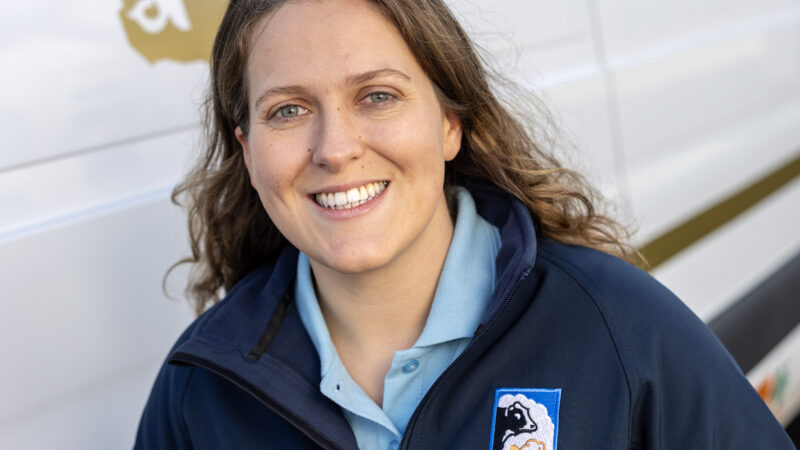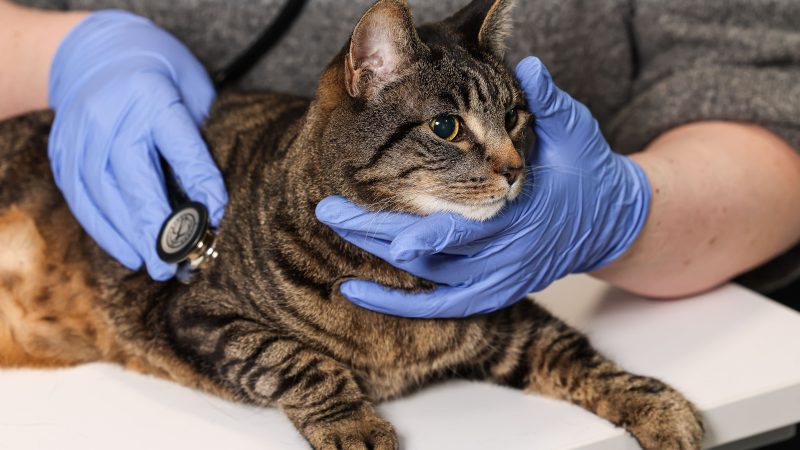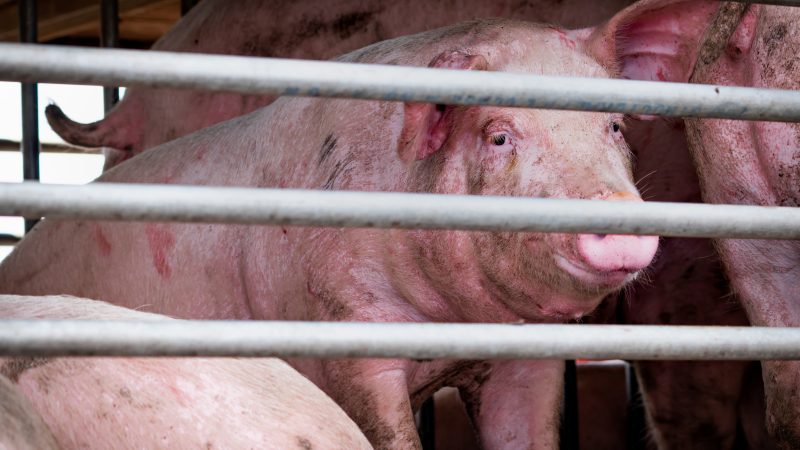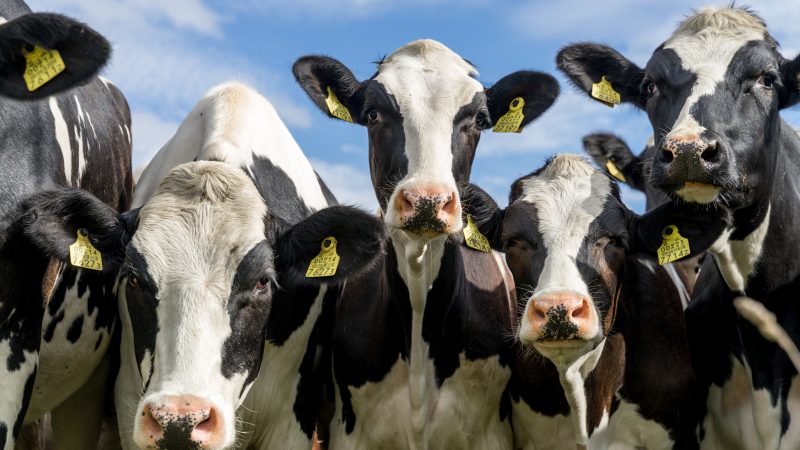Protocols plea to vets and farmers on BRD prevention
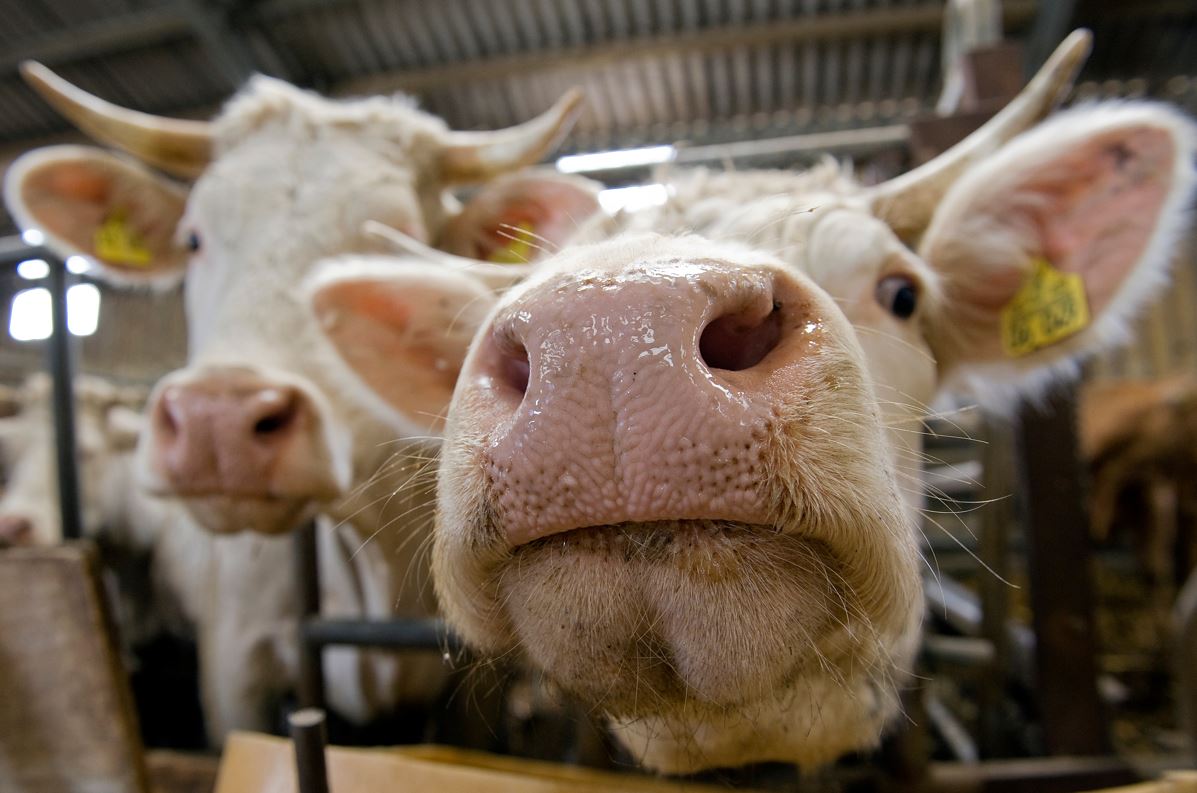
The failure to better identify manage and treat bovine respiratory disease (BRD) could be costing farmers millions of pounds, Ceva Animal Health has found.
With the disease costing the UK cattle sector an estimated £80 million per year, ruminant veterinary advisor at Ceva, Kythé Mackenzie said vets and farmers must work together to “put prevention and management protocols in place”.
Farmers questioned in the research believed they were quick to identify, diagnose and treat an animal with BRD, but the disease can be hard to detect using only visual clinical signs and without handling – for instance, taking a temperature.
Pyrexia, or a temperature of 39.4°C, is often a first sign of disease that occurs 12 to 72 hours before more visual clinical signs appear.
Nasal discharge is often the first visual sign, but only a quarter of farmers questioned took the temperature of an apparently sick animal before medicating.
Many were uncertain about causal pathogens for BRD, but did identify external factors, such as weather changes, poorly designed or ventilated buildings and management tasks that caused animal stress.
Two-thirds said they had a written protocol for BRD, while 69% of vets recommend infected animals are isolated during herd health plan reviews.
Kythé Mackenzie added: “BRD remains a significant health and welfare issue for the UK cattle in both the dairy and beef sectors with the associated decrease in longevity and productivity.
“When treatment is necessary, the inclusion of a NSAID has recognised benefits, – especially in the reduction of pyrexia and pain.”
Ceva has now launched a “Breathe and feel better” marketing campaign for vets and farmers to help identify, manage and treat BRD, and promote best practice to vets and farmers.
Further information is available on the Calves Breathe Easy website or from a Ceva territory manager.

